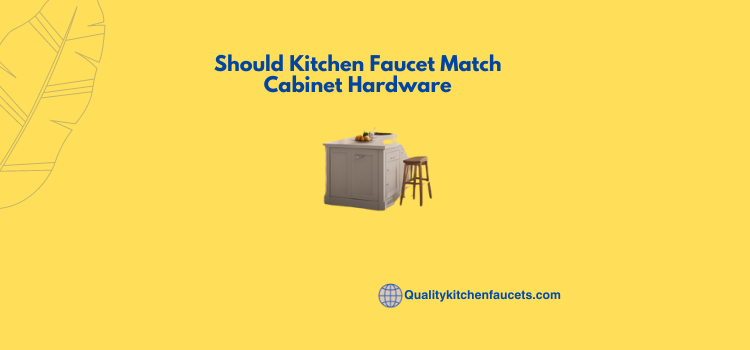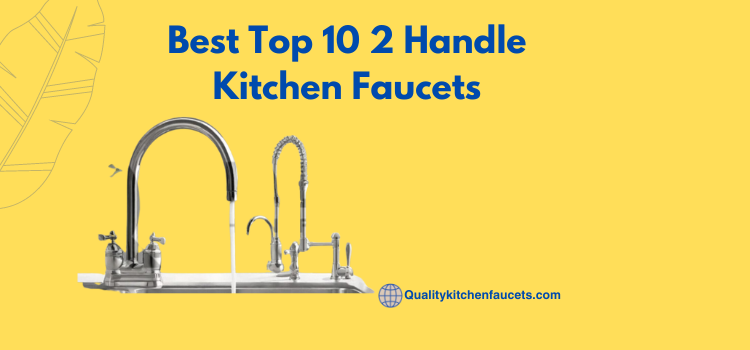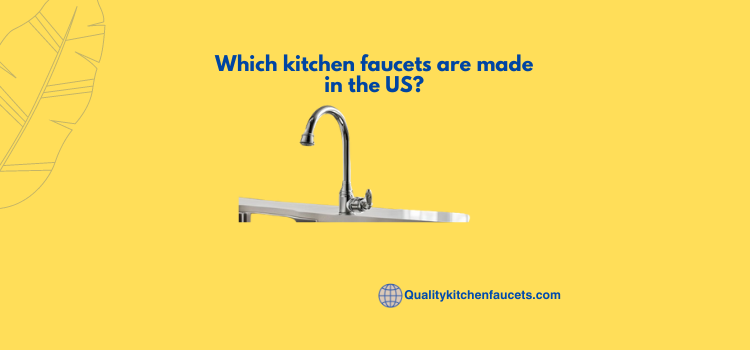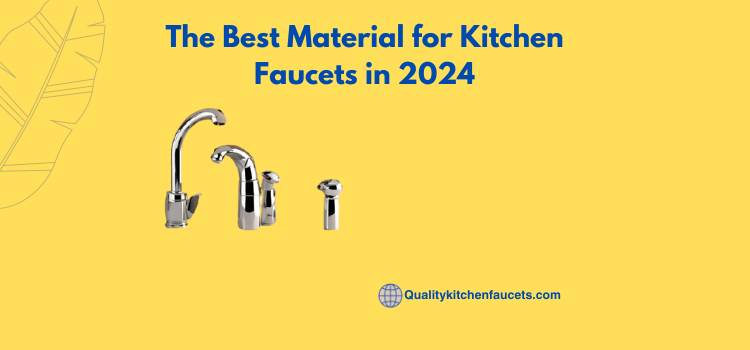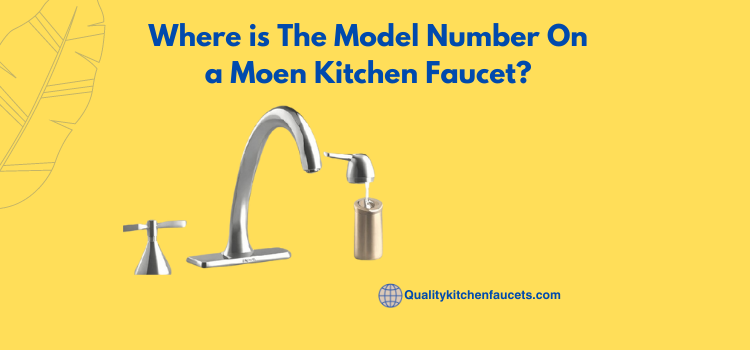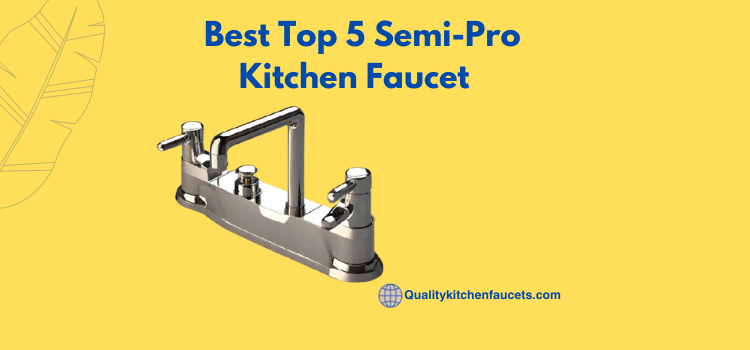Should Kitchen Faucet Match Cabinet Hardware
Deciding whether your kitchen faucet should match your cabinet hardware is a common design dilemma residential owners face during kitchen renovations or updates. This choice can significantly influence your kitchen space’s overall aesthetic and cohesion. Many must be torn between matching for a unified look or choosing contrasting elements to make a bold statement.
Fortunately, versatile design strategies can cater to both preferences, ensuring your kitchen looks harmonious without compromising personal style. From understanding colour theory to mixing metals with purpose, these techniques offer a roadmap to achieving a balanced and aesthetically pleasing kitchen environment.
By exploring these solutions further, you’ll gain deeper insights into how to blend your kitchen faucet and cabinet hardware for home creatively. Whether you’re aiming for sleek and modern or warm and traditional, this article promises valuable guidance to help you make informed decisions that you’ll be happy with for years to come.
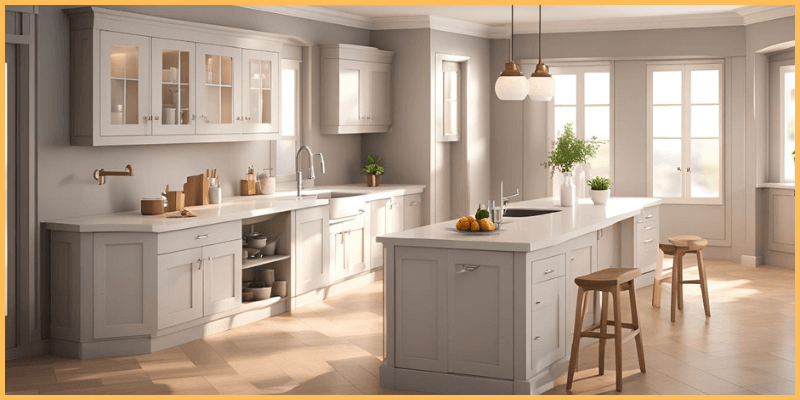
Should Kitchen Faucet Match Cabinet Hardware? in 20 Steps
If you follow the exact one given below by an expert, you’ll get a ride on your Should Kitchen Faucet Match Cabinet Hardware issue.
Step1: Assess Your Kitchen’s Style
Evaluate your kitchen’s current design. Is it modern, traditional, or farmhouse chic? Your kitchen’s style will largely influence whether matching or contrasting will work better.
Step2: Consider the Finish
Look at your current fixtures and hardware finishes. Are they matte, brushed, or glossy? This will help determine if a matching or contrasting approach is suitable.
Step3: Think About Color Scheme
Your kitchen’s colour palette can guide your decision. A monochrome scheme might benefit from matching, while a more vibrant, contrasting colour scheme may welcome mixed metals or finishes.
Step4: Mix Metals Carefully
If you opt for contrast, do so deliberately. Choose a dominant metal finish and one or two accent metals to ensure cohesiveness.

Step5: Functionality First
Choose a faucet that meets your practical needs before considering the aesthetic match. Function should never be compromised for style.
Step6: Sample Swatches and Samples
If possible, obtain samples of potential materials and finishes. Placing them in your kitchen can offer a clearer picture of their appearance in your space.
Step7: Consider Lighting
Remember that natural and artificial lighting in your kitchen can alter how colours and finishes appear. What matches under one light might be different from another.
Step8: Remember Durability
Some finishes are more durable than others. If your kitchen sees a lot of use, consider how wear and tear will affect the appearance of your faucet and hardware over time.
Step9: Seek Inspiration
Look for inspiration from culinary area planning magazines, websites, and social media. Seeing how others have successfully mixed or matched can spark ideas.
Step10: Consult a Professional
Consult a kitchen design professional when in doubt.
These steps will lead you to a decision that aligns with your aesthetic preferences and kitchen’s functional needs, ensuring a harmonious and practical space.
Step11: Harmony in Design
Achieving harmony in your kitchen’s design is about striking the perfect balance between all elements, ensuring they work together cohesively rather than clashing or competing for attention.
It’s about thoughtfully integrating, thoughtfully unified, and pleasing to the eye.
Remember, harmony in design does not necessarily mean everything has to match perfectly. Instead, it invites a more nuanced approach where differences are allowed and celebrated, provided they contribute to the overall balance of the space.
Whether through a deliberate contrast that adds depth or a subtle alignment of finishes that brings a sense of calm, harmony is ultimately about creating a kitchen that feels right to you, reflecting your style while maintaining a functional, welcoming space for all who enter.
Step12: Aesthetic Consistency
Aesthetic consistency in kitchen decor is maintaining a cohesive look that resonates through every detail, from the most significant appliances to the most miniature hardware.
It’s about creating a design thread that ties your space together, making your kitchen not just a collection of individual elements but a unified whole.
This doesn’t imply that all components must be identical but should speak the same design language.
For instance, pairing a sleek, minimalist kitchen faucet with similarly styled cabinet hardware can amplify a modern aesthetic, while ornate, classically designed pieces can enhance a more traditional kitchen theme.
In essence, aesthetic consistency is about making intentional design choices that contribute to a cohesive, harmonious environment.
This strategic approach ensures that every detail in your kitchen contributes to the overall aesthetic you aim to achieve, resulting in a space that is not only visually appealing but also a reflection of your style.
Step13: Design Dilemma
One of the most prevalent problems in culinary layout is choosing between aesthetic appeal and practical functionality. Occupants often face the challenge of deciding whether to prioritize their style or opt for options that offer more utility and durability.
This dilemma surfaces prominently when selecting materials and finishes for kitchen fixtures and hardware, as the pursuit of visual harmony can sometimes conflict with the need for everyday practicality.
The key to resolving this design dilemma is finding a balanced balance.
It involves carefully considering material choices, understanding different finishes’ longevity and maintenance requirements, and integrating elements that serve aesthetic and functional purposes.
For instance, choosing a kitchen faucet that complements the kitchen cabinet hardware in style and finishes while ensuring it meets your needs for water efficiency and ease of use, which can significantly improve daily kitchen activities.
Ultimately, navigating this design dilemma requires a thoughtful approach that evaluates the visual and practical aspects of cooking area styling.
By prioritizing a blend of functionality and aesthetic appeal, dwellers can create a kitchen space that is visually cohesive and efficiently meets their lifestyle needs.
Step14: Style Synergy
The concept of style synergy is at the heart of every beautifully designed kitchen. This principle is about more than just matching colours or selecting complementary finishes;
it’s about creating a dynamic interaction between every design element in the space. Style synergy focuses on the flow of textures, the dialogue between forms, and the harmony of materials,
ensuring that each aspect of the kitchen space arrangement enhances the others. Whether it’s the way natural light accentuates the colour of the countertops
or how the sleek lines of modern appliances contrast with rustic wooden kitchen cabinets, achieving style synergy means every detail contributes to a cohesive and inviting atmosphere.
It’s the subtle interplay of these elements that transforms a kitchen from a mere collection of objects into a holistic space that resonates with personality and elegance o
offering a place for culinary tasks and a sanctuary that reflects the property owner’s unique aesthetic vision.
Step15: Visual Cohesion
Visual cohesion in culinary area planning is the art of crafting a space where every element feels like it belongs together, creating an aesthetically pleasing and intuitively functional environment.
It’s not just about choosing matched sets or sticking strictly to a single style; it is about recognizing the subtle undertones in different finishes or how specific lighting can enhance the room’s overall mood.
By thoughtfully curating each piece, from the backsplash tiles to the colour of the kitchen appliances, designers can weave a thread of continuity that ties the space together. This creates a kitchen that is a joy to use and reflects a well-considered, unified design philosophy.
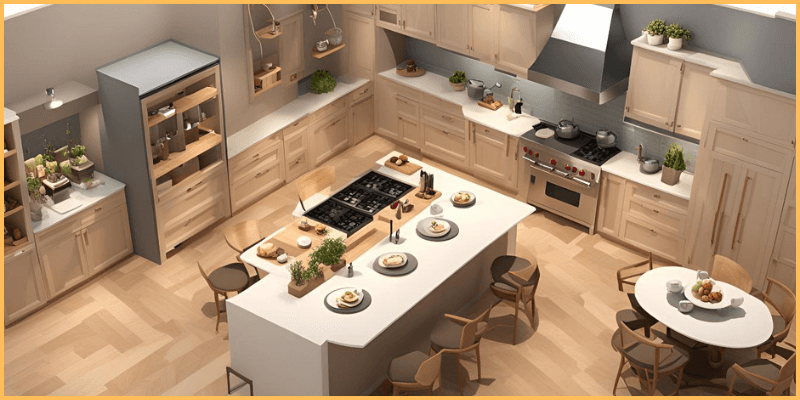
Step16: Design Harmony
Design harmony in the kitchen is the culmination of all principles guiding a coherent, appealing space as functional as beautiful.
Every aspect of the kitchen’s design— works together seamlessly.
Harmony in design transcends the aesthetic, touching on the sensory experience of the kitchen. It means creating a space where the atmosphere feels inviting, where the sounds of cooking blend with the environment, and where movement is fluid and unobstructed.
Achieving such harmony requires a thoughtful blend of creativity and practicality, ensuring that the kitchen is a place of beauty and a space for loved ones.
Step17: Décor Debate
In kitchen decor, the Décor Debate often centres on where personal taste intersects with timeless trends.
Holders decide whether to follow rapidly evolving design trends or stick with styles that promise timeless appeal. This debate gets particularly intense when choosing décor elements that make bold statements versus those that offer subtle elegance.
For instance, while a brightly coloured backsplash might give the kitchen a contemporary edge today, it may not last as long as neutral tones.
On the other hand, opting for classic aesthetics might risk the space needing to be updated as new trends emerge. The crux of the Décor Debate lies in balancing personal flair with longevity, ensuring the kitchen remains a place of joy and inspiration.
This delicate equilibrium challenges residential owners to forecast future trends while staying true to their unique vision and lifestyle needs.
Step18: Interior Insights
In culinary layout, Interior Insights go beyond the surface, peering into the subtleties that transform a functional space into a personal haven.
This segment emphasizes understanding the intrinsic relationship between the user and their environment, highlighting the importance of ergonomics, light play, and spatial dynamics.
It’s about recognizing the kitchen as a place for culinary endeavours and a pivotal space that houses daily rituals and interactions.
By carefully selecting materials, innovative use of technology, and incorporating flexible design elements, designers can craft kitchens that adapt to evolving lifestyle needs while fostering a sense of well-being and comfort.
Interior Insights guides homeowners through the maze of design choices, offering a roadmap to creating kitchens that resonate with their ethos, promoting efficiency, and evoking joy in the simplest tasks.
This holistic approach ensures that the heart of the home truly reflects the essence of those who live in it, making every moment spent therein meaningful and every functionality seamlessly integrated.
Step19: Style Statement
A Style Statement in cooking area styling is the bold expression of personal taste and vision, permeating every decision, from the grandest renovation ideas to the most minor decor details.
It’s where personal history, culinary passion, and aesthetic preferences converge to create a space that’s not just functional but deeply personal.
This approach champions the homeowner’s unique story, translating it into a design language that speaks through colours, textures, and fixtures.
A Style Statement is a declaration of individuality, whether it’s a vintage heirloom that serves as the centrepiece or a modernist approach that prioritizes clean lines and minimalist beauty.
It challenges conventional design norms, inviting occupants to dream big and design bravely.
By prioritizing personal taste over fleeting trends, the kitchen reflects the homeowner’s identity, an intimate canvas where every choice is a verse in their own story.
Step20: Design Dynamics
Design Dynamics in kitchen space arrangement represents the interplay between evolving lifestyle patterns and the static nature of architectural elements.
It’s about creating a kitchen that looks good and lives well, adjusting to its user’s changing needs and habits over time.
This dynamic approach acknowledges that life is not static; neither should our spaces be. It challenges designers to anticipate future trends and needs, incorporating flexible layouts, multi-functional spaces, and adaptive technologies that can evolve.
From modular cabinets that can be rearranged for a new look or function to countertops and appliances that adjust to user height or task, Design Dynamics pushes the boundaries of traditional culinary area planning.
It encourages a fusion of form, function, and flexibility, ensuring that the kitchen remains the heart of the home, pulsating with the rhythm of life’s changes, big and small.
Conclusion
In conclusion, navigating the vast landscapes of kitchen decor principles and trends has been enlightening for me.
Reflecting on the intricate balance between design harmony, the ebbs and flows of décor debates, the depth of interior insights, the boldness of style statements, and the fluidity of design dynamics, I’ve grown to appreciate the art and science behind creating the perfect kitchen space.
This exploration has deepened my understanding of design and highlighted the importance of making personalized choices that reflect my unique lifestyle and aesthetic preferences.
Crafting a kitchen that resonates with my ethos while ensuring functionality and flexibility has been a rewarding challenge. It will ultimately enhance the joy and comfort in my home’s heart.
FAQs
Does your faucet and cabinet hardware have to match?
While matching faucet and cabinet hardware can create a cohesive look, it’s not a necessity
Does the kitchen faucet need to match the appliances?
The kitchen faucet does not have to match appliances; selecting complementary finishes can enhance the overall aesthetic.
Should door hardware and faucets match?
Matching door hardware and faucets is not mandatory, but coordinating them can help achieve a harmonious design.
How do you match cabinet hardware to the faucet?
To match cabinet hardware to the faucet, consider selecting finishes that complement each other to create a cohesive look throughout your kitchen.

